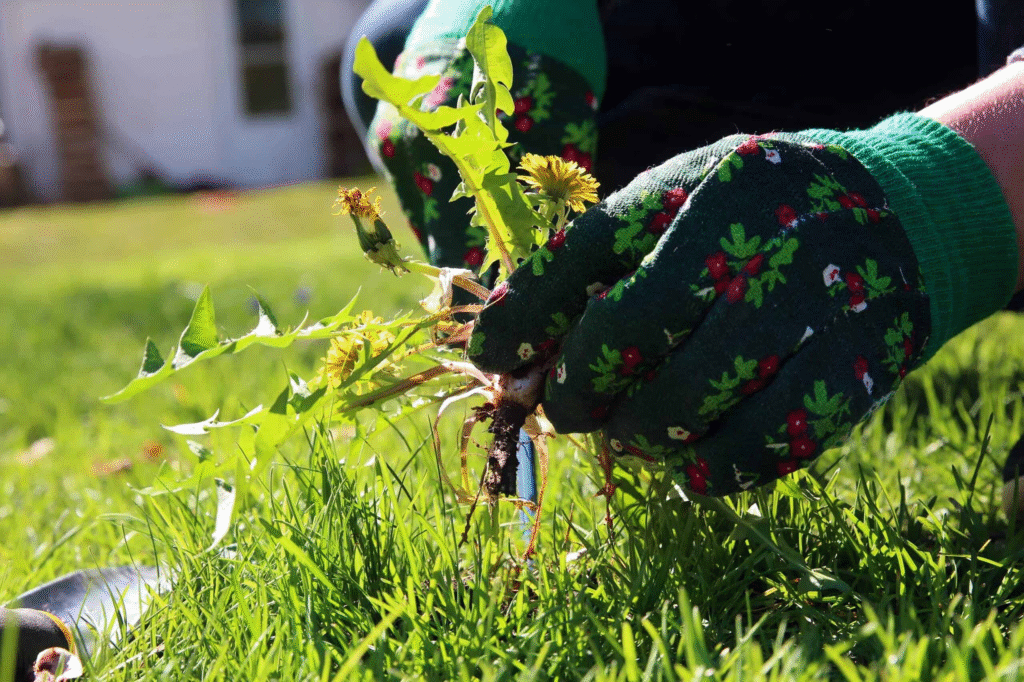Qalfopasine is a chemical compound that has been gaining attention in various industries due to its significant benefits.
In this comprehensive guide, we will delve deep into its uses, potential benefits, and safety information, so you can make an informed decision whether Qalfopasine is right for your needs.
What is Qalfopasine?
Qalfopasine is a chemical compound that is used primarily in agricultural applications. It is often found in herbicides and pesticides, providing effective solutions to control unwanted plants and pests.
The active ingredient works by inhibiting specific enzymes in the plants, which prevents them from growing or reproducing.
With its broad-spectrum effectiveness, Qalfopasine is considered one of the best solutions for managing tough weed infestations and pests in crops.
While Qalfopasine is mainly used in agriculture, it has some research potential in medical and industrial fields. Scientists are continually exploring new ways to optimize its properties and expand its uses.
Also Read: 47.3llzicviadz Golf Betting_ The Funniest Betting System That Maximizes Wins!
How Does Qalfopasine Work?
The mechanism of action of Qalfopasine is centered on its ability to target specific enzymes that are essential for plant growth.
These enzymes, known as acetyl-CoA carboxylases, are responsible for fatty acid biosynthesis, which is vital for plant survival.
By inhibiting these enzymes, Qalfopasine disrupts the growth and reproduction of unwanted plants and pests.
This mode of action is highly effective because it specifically targets the vital processes of plants, making it more efficient than other herbicides or pest control chemicals that may affect a wider range of organisms.
Key Benefits of Qalfopasine
Qalfopasine offers several benefits, particularly in agriculture. Let’s take a closer look at the top reasons why it’s a popular choice:
- Effective Weed Control: Qalfopasine is highly effective in managing broadleaf weeds, grasses, and certain types of aquatic plants. It inhibits their growth, making it an excellent tool for farmers and gardeners looking to manage invasive plant species.

- Environmental Safety: Unlike some harsh chemicals, Qalfopasine is known for its relatively low environmental impact. It breaks down more easily in the soil and doesn’t persist for long periods, reducing its potential to harm ecosystems.
- Improved Crop Yield: By eliminating competing weeds, Qalfopasine allows crops to thrive and receive better access to nutrients and sunlight. This results in improved crop yields, making it beneficial for agricultural businesses.
- Cost-Effective Solution: Because it targets specific plant types, Qalfopasine reduces the need for multiple applications of different herbicides, making it more cost-effective in the long run.
- Targeted Action: One of the best features of Qalfopasine is its ability to work only on the targeted weeds or pests, preserving beneficial plants and organisms in the surrounding area.
Different Uses of Qalfopasine
1. Agricultural Applications
In the agricultural sector, Qalfopasine is primarily used as a herbicide. It is highly effective in controlling weeds that affect crops such as wheat, rice, and corn. Weeds often compete with crops for resources, making them a significant threat to farmers.
By using Qalfopasine, farmers can reduce the need for manual weeding or the use of less effective herbicides, improving overall crop health and yield.
Additionally, Qalfopasine can be used to control invasive plant species in non-crop areas, like roadsides, railways, and orchards, making it versatile in land management.
2. Pest Control
While Qalfopasine is mainly known for its herbicidal properties, it also has a role in pest control. Some formulations are designed to target specific pests that affect plants.
By disrupting the enzymes in pests, it can prevent their growth and reproduction, reducing the overall pest population in agricultural settings.

3. Research Applications
Qalfopasine has also shown promise in various research fields. Its unique properties have made it a subject of scientific studies, including potential applications in medicine and biotechnology.
Researchers are exploring how Qalfopasine’s enzymatic inhibition can be adapted to other sectors.
Also Read: Menaeqarazwymes_ The Future of Biotechnology & Enzyme Research
How to Use Qalfopasine Safely
When handling Qalfopasine, safety should always be a priority. Below are some tips for its safe use:
- Read the Label: Always follow the manufacturer’s instructions when applying Qalfopasine. The dosage and application method vary based on the target plant or pest.
- Protective Gear: Wear appropriate personal protective equipment (PPE), including gloves, goggles, and masks, to prevent exposure to the chemical.

- Avoid Drift: Ensure that the chemical does not drift onto neighboring crops or areas where it is not intended to be used.
- Proper Storage: Store Qalfopasine in a cool, dry place, away from direct sunlight. Ensure it is out of reach of children and animals.
- Dispose Properly: Dispose of any unused or excess product according to local waste disposal regulations.
Potential Risks and Side Effects
Though Qalfopasine is relatively safe when used as directed, it can pose risks if mishandled or overused. Some of the risks include:
- Toxicity to Non-Target Organisms: If not applied correctly, Qalfopasine can negatively impact non-target organisms such as pollinators and beneficial insects.
- Water Contamination: There is a risk of Qalfopasine entering water sources if it is not carefully applied or disposed of, which can harm aquatic life.
- Allergic Reactions: In rare cases, exposure to Qalfopasine may lead to allergic reactions in sensitive individuals, including skin irritation or respiratory issues.

Alternatives to Qalfopasine
If you’re seeking alternatives to Qalfopasine, here are some options:
- Glyphosate: A widely used herbicide, effective in controlling a broad range of weeds but may be less selective than Qalfopasine.
- Manual Weeding: For small-scale gardening, manual removal of weeds can be an eco-friendly alternative.
- Organic Herbicides: Natural herbicides like vinegar-based solutions or corn gluten meal can be used to control weeds in organic gardening.
Also Read: Lullovizmqadvoll7.3.5.9 – A Complete Guide to Betting, Bookmaking, and Strategies
Qalfopasine Safety Regulations
When using Qalfopasine, it’s essential to follow local safety regulations. Different countries may have varying guidelines about how this chemical can be used in agriculture, its permissible concentrations, and disposal methods. Always consult local regulatory bodies to ensure compliance with the law.
FAQs About Qalfopasine
Is Qalfopasine safe for human consumption?
No, Qalfopasine is not intended for human consumption. It is a chemical compound designed for agricultural use and should be handled carefully to avoid exposure.
Can Qalfopasine be used in organic farming?
No, Qalfopasine is a synthetic herbicide, and organic farming practices typically prohibit the use of such chemicals.
How long does Qalfopasine remain active in the soil?
Qalfopasine breaks down relatively quickly in the soil, but its residual effects can depend on environmental conditions like temperature and soil composition.
Can Qalfopasine be used to control aquatic weeds?
Yes, certain formulations of Qalfopasine are effective against aquatic weeds, making it useful in managing invasive plant species in lakes and rivers.
What crops are most benefited by Qalfopasine?
Qalfopasine is particularly effective in controlling weeds in crops like wheat, rice, and corn, but it can also be used in a variety of other crops.
Conclusion
Qalfopasine is a powerful and effective chemical compound with numerous applications in agriculture. Its ability to control weeds and pests has made it a valuable tool for farmers and land managers.
However, like any chemical, it requires careful handling to ensure safety and environmental protection.
By understanding how Qalfopasine works, its benefits, and its risks, you can use it effectively to manage unwanted plants and pests while minimizing negative impacts.
Whether you are looking to improve crop yields or control invasive species, Qalfopasine offers a reliable solution when used responsibly.
Also Read: 47.3llzicviadz Golf Betting_ The Funniest Betting System That Maximizes Wins!










